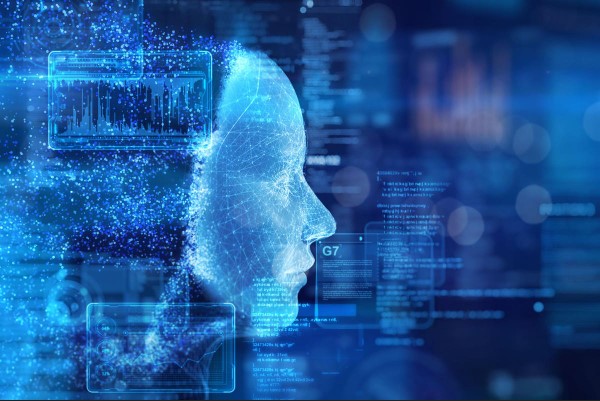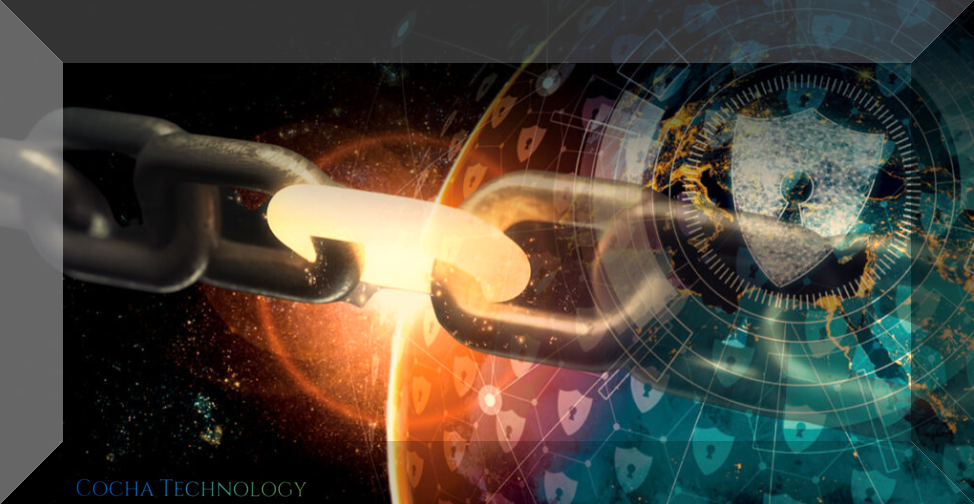The Evolution of Cyber Security Culture
December 10, 2024

In an era where digital threats are omnipresent, the landscape of cybersecurity has evolved dramatically. Understanding the shift from traditional cybersecurity culture to contemporary practices is crucial for anyone involved in protecting digital assets. This blog explores the transformation of cybersecurity culture, highlighting key differences, challenges, and the way forward.
The Old-School Cybersecurity Culture
- Perimeter Defense Focus
In the early days of cybersecurity, the primary focus was on perimeter defenses. Organizations invested heavily in firewalls and intrusion detection systems, believing that securing the outer walls of their networks was sufficient. This approach often created a false sense of security, as it neglected the vulnerabilities inside the network.
- Reactive Measures
Cybersecurity was often reactive rather than proactive. Organizations typically responded to breaches after they occurred, employing a patch-and-repair mindset. Security protocols were frequently updated post-incident, rather than anticipating threats.
- Limited Awareness and Training
Employee training was minimal, with many organizations viewing cybersecurity as solely an IT issue. Staff members often received little to no training on best practices, leaving the door open for human errors that could lead to breaches.
- Siloed Approach
Cybersecurity departments operated in isolation, often not communicating effectively with other areas of the organization. This siloed approach hindered the ability to share critical information about threats and vulnerabilities.

The New Cybersecurity Culture
- Holistic Security Strategies
Today’s cybersecurity culture embraces a more holistic approach. Organizations recognize that security must encompass people, processes, and technology. This includes integrating security into every aspect of the business and adopting a defense-in-depth strategy that layers multiple security controls.
- Proactive Risk Management
Modern cybersecurity practices emphasize proactive risk management. Organizations conduct regular assessments to identify vulnerabilities and threats, allowing them to implement measures before an incident occurs. Threat intelligence and continuous monitoring are now standard components of cybersecurity strategies.
- Comprehensive Training and Awareness
Today, organizations invest in comprehensive training programs for all employees. Cybersecurity awareness training is no longer limited to IT staff; it encompasses the entire workforce. This cultural shift fosters a sense of shared responsibility for security and helps mitigate human error.
- Collaboration and Communication
The contemporary cybersecurity landscape values collaboration across departments. Cybersecurity teams work closely with other areas of the organization, such as HR, legal, and operations, to create a cohesive security posture. Information sharing among organizations and industries has also become crucial in the fight against cyber threats.
Challenges in Transitioning to a New Cyber Security Culture
While the evolution of cybersecurity culture brings numerous benefits, it also presents challenges:
- Resistance to Change: Employees accustomed to old practices may resist new protocols or training, requiring ongoing education and engagement.
- Resource Constraints: Implementing modern security practices often requires significant investment in technology and training, which can be a barrier for some organizations.
- Evolving Threat Landscape: Cyber threats are constantly evolving, making it difficult for organizations to keep up. Staying ahead requires a commitment to continuous learning and adaptation.

The Way Forward
To foster a strong cybersecurity culture, organizations should:
- Invest in Training: Regular training and awareness programs should be prioritized to ensure employees understand their role in maintaining security.
- Encourage Open Communication: Create an environment where employees feel comfortable reporting potential threats or vulnerabilities without fear of repercussions.
- Adopt a Continuous Improvement Mindset: Regularly review and update security policies and practices to adapt to new threats and technologies.
- Leverage Technology: Utilize advanced technologies like AI and machine learning to enhance threat detection and response capabilities.
The shift from an old-school to a modern cybersecurity culture reflects a deeper understanding of the complexities of digital threats. By embracing a holistic approach, prioritizing proactive risk management, and fostering a collaborative environment, organizations can better protect themselves against the evolving landscape of cyber threats. As technology continues to advance, the importance of cultivating a robust cybersecurity culture will only grow, making it an essential component of every organization’s strategy.
Have Any Question?
Call or email Cocha. We can help with your cybersecurity needs!
- (281) 607-0616
- info@cochatechnology.com




